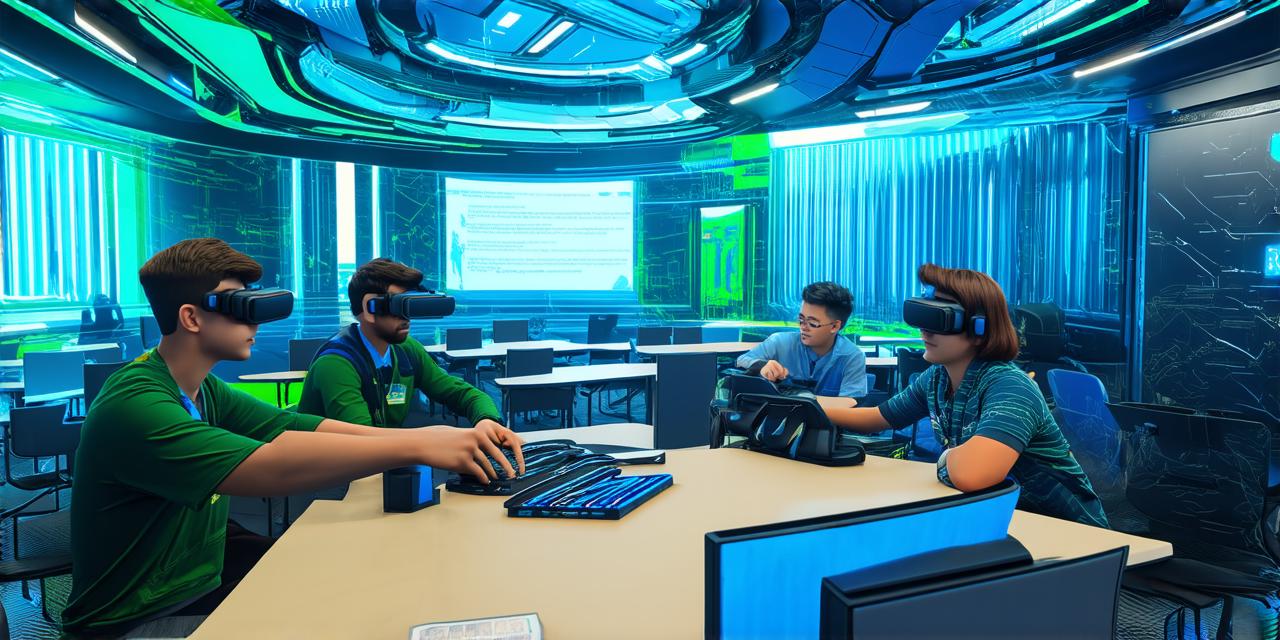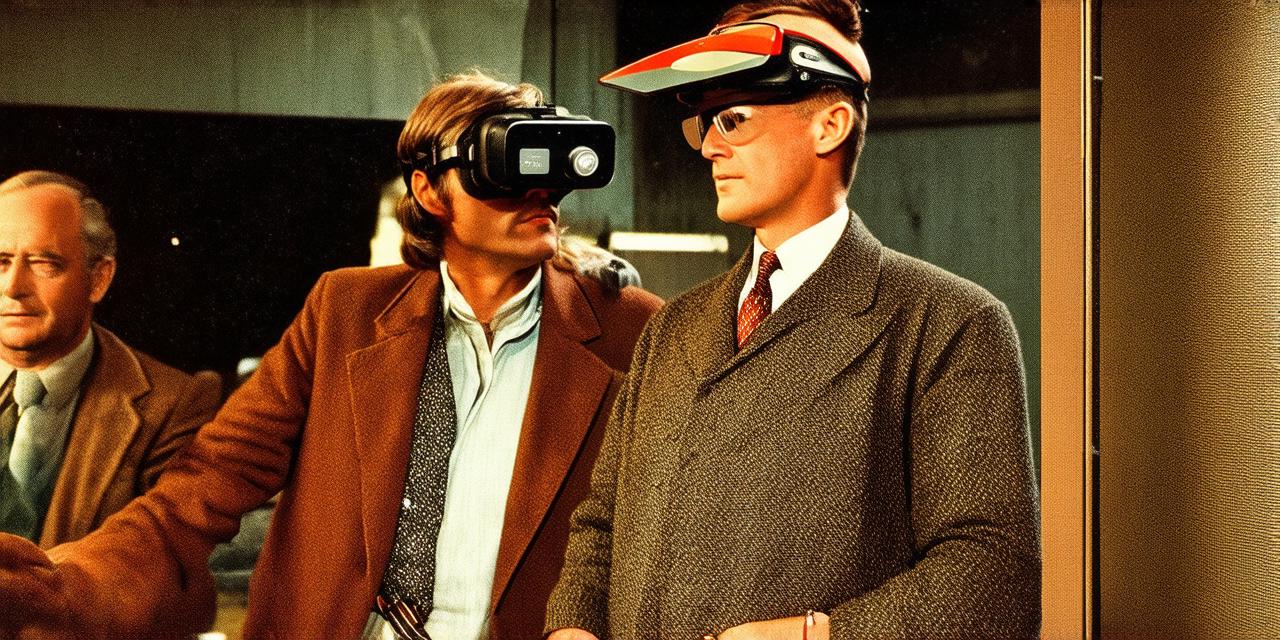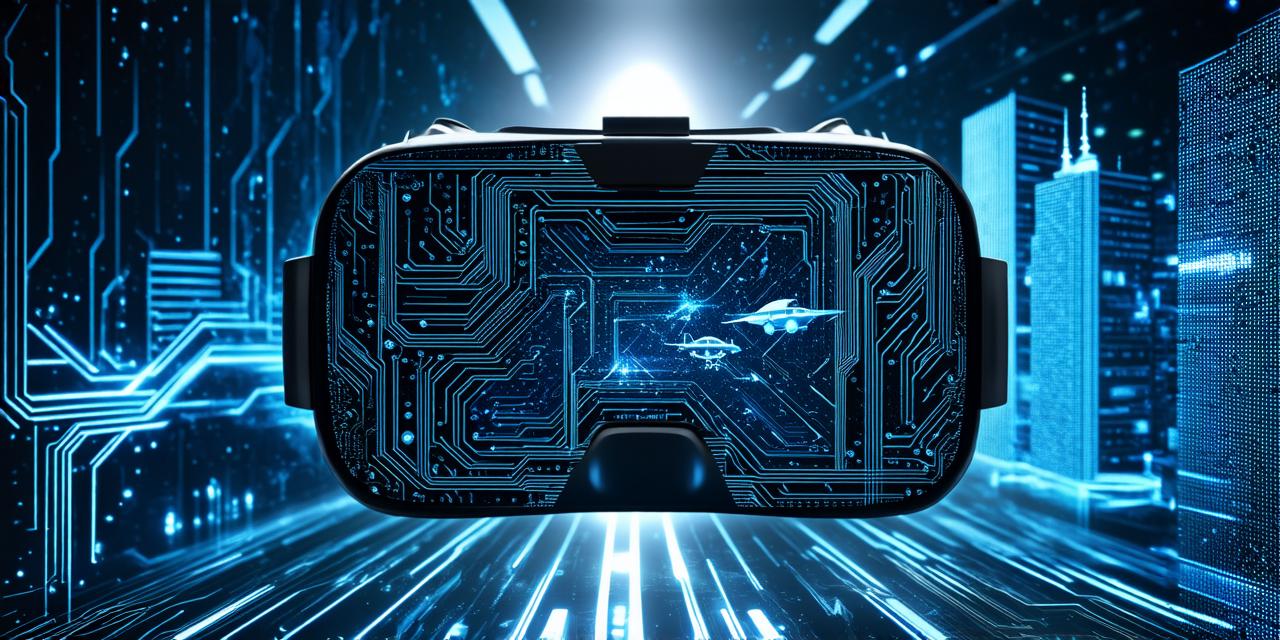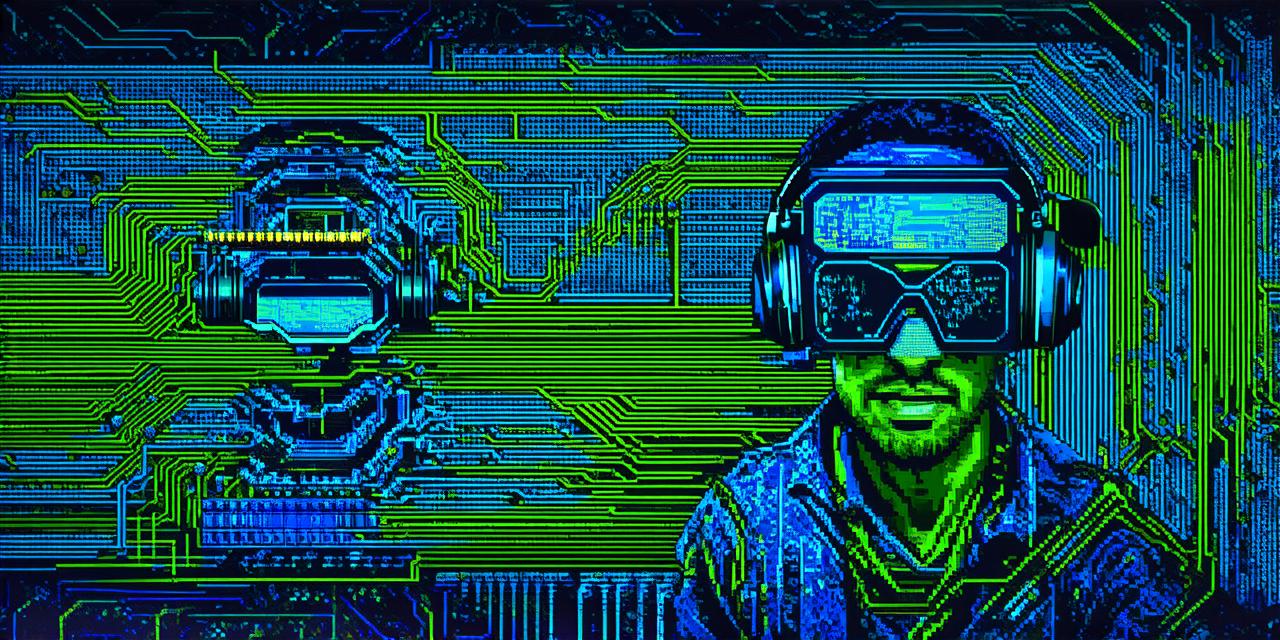Benefits of Virtual Reality in Education:
- Immersive Learning Experience: One of the primary benefits of using virtual reality in education is that it provides a more immersive learning experience than traditional methods like reading or watching videos. With VR, students can interact with virtual environments and objects in a way that is not possible with physical objects. This immersive experience can help students better understand complex concepts and make learning more enjoyable.
- Safe Environment for Practicing Skills: Another advantage of using virtual reality in education is that it provides a safe environment for students to practice skills in a controlled environment. For example, medical students can use VR to practice surgeries without risking harm to patients, while engineering students can use VR to test their designs before building them in the real world. This allows students to learn and improve their skills in a low-risk environment.
- Access to Experiences that would otherwise be impossible or extremely expensive: Virtual reality can provide access to experiences that would otherwise be impossible or extremely expensive. For example, history students can use VR to explore ancient civilizations, while biology students can use VR to explore the human body in greater detail than ever before. This allows students to gain a deeper understanding of their subjects and broaden their horizons.
Examples of Virtual Reality in Education:
- Medical Training: One example of how virtual reality has been used in education is in medical training. Medical students at the University of California, San Francisco (UCSF) have been using VR to practice surgeries in a controlled environment. This has allowed them to improve their skills and reduce the risk of harm to patients during actual surgeries.
- Engineering Education: Another example is the use of VR in engineering education. Engineers at Stanford University have been using VR to test their designs before building them in the real world. This has allowed them to identify and fix issues before they become costly mistakes, saving time and money.
- History Education: In history education, virtual reality can provide students with a unique opportunity to explore ancient civilizations. For example, students can use VR to visit Egypt’s Great Pyramids or explore the temples of Ancient Greece.
Creating a Virtual Environment for Students:
There are many tools available for creating virtual environments for students, including game engines like Unity and Unreal Engine, as well as specialized VR development platforms like A-Frame and Oculus Studio. These tools provide developers with the ability to create interactive 3D environments that can be customized to fit specific learning goals.
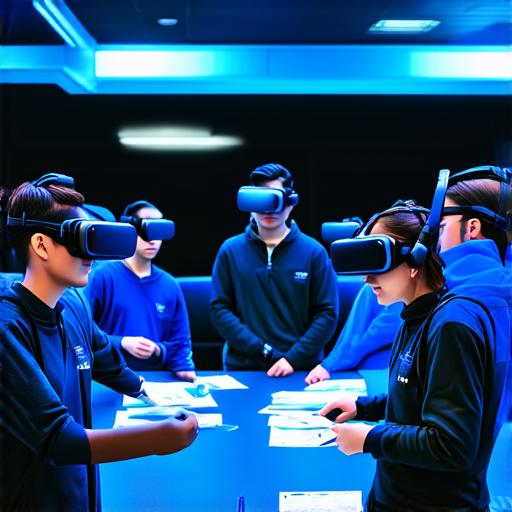
Improving Learning Outcomes:
Virtual reality has been shown to improve learning outcomes in several ways. Firstly, VR provides a more immersive and engaging learning experience than traditional methods like reading or watching videos. This increased engagement can lead to better retention of information and improved learning outcomes.
Secondly, virtual reality provides a safe environment for students to practice skills in a controlled environment. This allows students to learn and improve their skills in a low-risk environment, leading to better outcomes and reduced costs.
Thirdly, virtual reality can provide access to experiences that would otherwise be impossible or extremely expensive. For example, history students can use VR to explore ancient civilizations, while biology students can use VR to explore the human body in greater detail than ever before. This provides students with a deeper understanding of their subjects and broadens their horizons.Conclusion:
Virtual reality has the potential to revolutionize education and provide new opportunities for learning. In AR development, virtual reality can provide a more immersive learning experience, a safe environment for practicing skills, and access to experiences that would otherwise be impossible or extremely expensive. With the right tools and resources, virtual reality can be an effective tool for educators looking to engage students in new and innovative ways.
